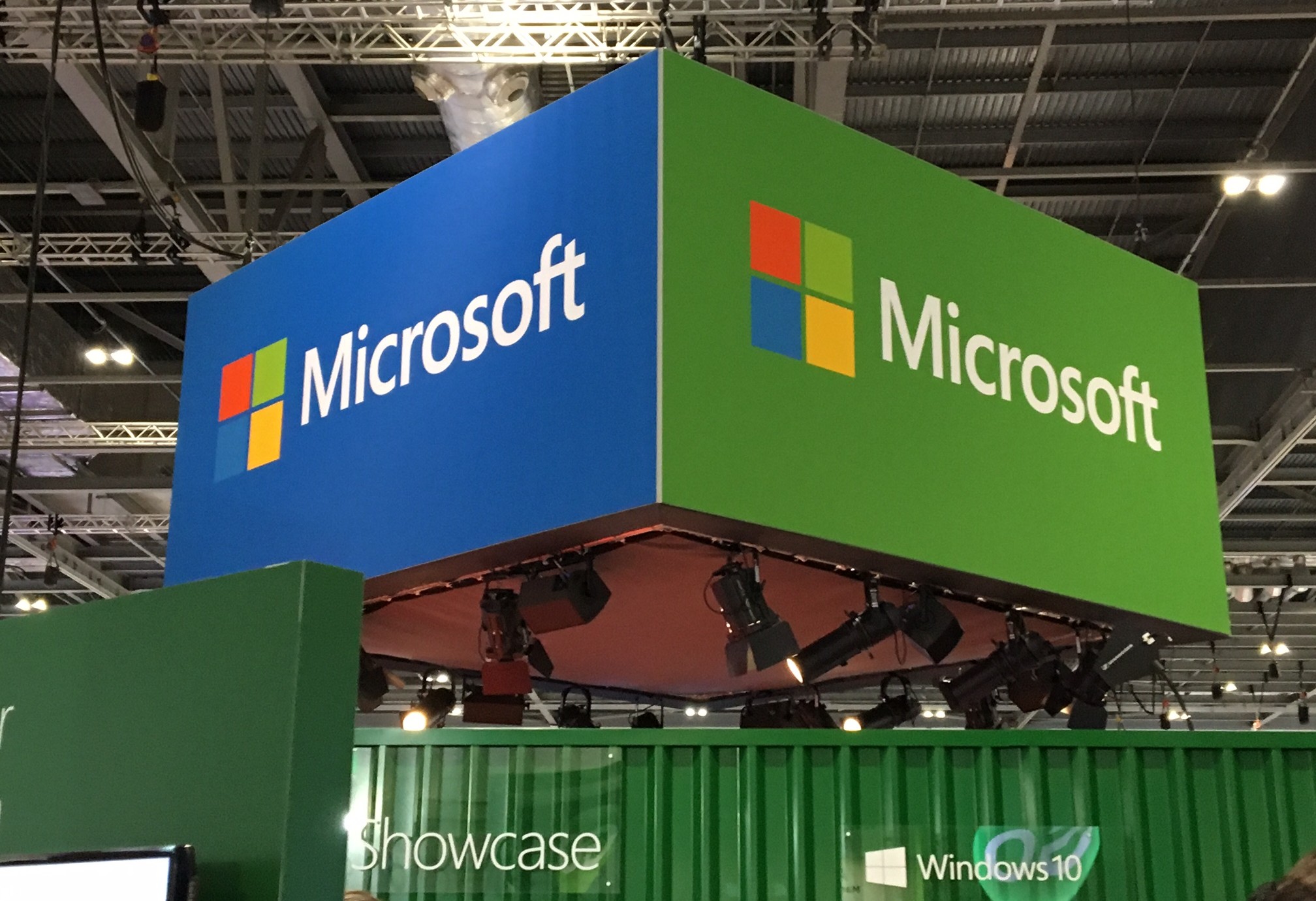

Windows Server will now get bi-annual feature updates, mimicking the schedule employed for Windows 10 and Microsoft Office 365.
The company said the move would give customers more predictability and allow it to react quicker to changing trends as digital transformation becomes more widespread.
Windows Server 2016 is the most recent edition of the platform, the first new major iteration since 2012. By issuing incremental updates, the hope is that this will increase adoption and reduce the number of unsupported use cases.
Windows 10 is intended to be the last major consumer edition of Windows, with Microsoft instead releasing major packages such as the Anniversary Update or Creators Update.
“Starting this [autumn], we plan to deliver two feature updates per year, each spring and [autumn], aligning to the Windows and Office Semi-annual Channel release cycle,” said Erin Chapple, general manager of Windows Server at Microsoft.
“This option provides opportunity for customers who are innovating quickly to take advantage of new operating system capabilities at a faster pace, both in applications – particularly those built on containers and microservices, as well as in the software-defined hybrid datacenter. System Center will also be participating in the Semi-annual Channel.”
System Center, Microsoft’s data centre tool, and Server Core will also move to the new schedule. Server Core will now be Microsoft’s recommended choice for hosting virtual machines and for infrastructure workloads. The company said the use of Server Core in customers own data centres and in the cloud would ensure consistency across hybrid IT environments.
Nano Server, a version of Windows Server designed for containers, will not be part of this schedule and will instead have a release every six months, supported for 18 months. Microsoft said it will work to make Nano Server the best platform for Containers and images will be reduced to half the size, while there would be added support for Linux containers.
“With the release of Windows Server 2016, we started the process of making our monthly updates cumulative,” added Chapple. “This means when you update the server, you know all prior updates have been applied. So the more active cadence of software release and deployment has already begun and will continue for Semi-annual Channel releases as well.
“As part of this process we also want to enable flexibility for organizations adopting this model, so we’ve enabled them to skip one of the semi-annual releases and wait to upgrade until the next release.”
Windows Server 2016 has been part of Microsoft’s recent push into the hybrid cloud space, along with Azure Stack, which is designed to bring all the benefits of the Azure public cloud platform on customers’ own equipment.
New chapter for famous name from Internet's early days, Napster, has been acquired and will…
Solving not-spots? Ofcom proposal to make UK the first European country to allow ordinary smartphones…
Pioneering robotaxi service from Alphabet's Waymo to go live in Washington DC next year, as…
Dozens of Chinese firms added to US export blacklist, in order to hamper Beijing's AI…
Chinese rival BYD overtakes global revenues of Elon Musk's Tesla, as record number of Tesla…
Messaging app Signal in the headlines after a journalist was invited to a top secret…